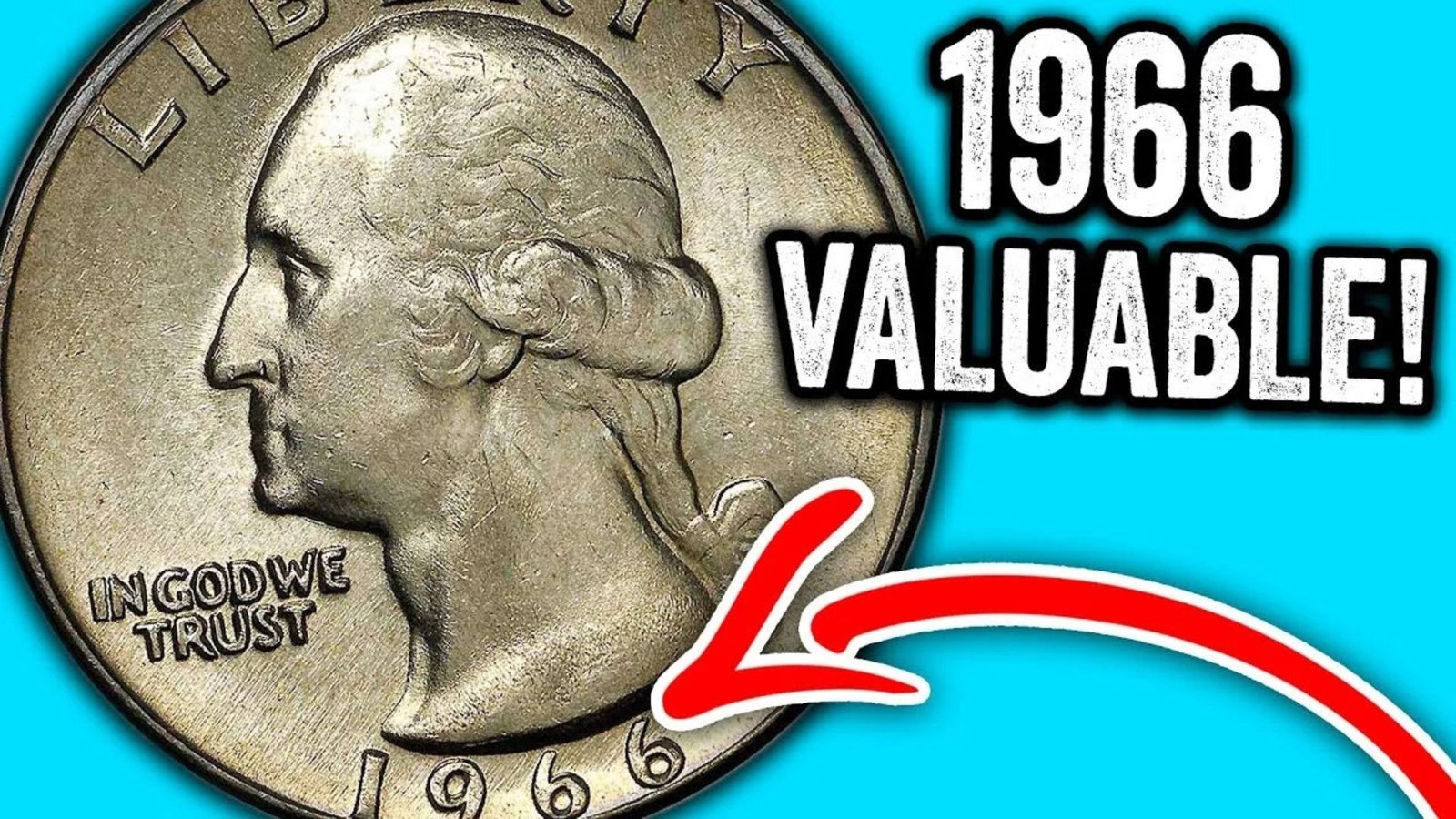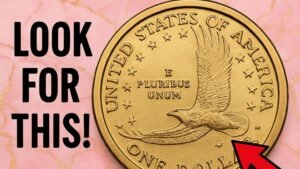Have you ever checked your spare change for a rare coin? The Lincoln Wheat Penny, a small piece of history, could be worth millions! One specific penny, the 1969-S Doubled Die Obverse, has been valued at up to $21 million due to its rarity and unique features. In this article, we’ll explore what makes this penny so special, how to spot it, and why it’s a treasure worth hunting for. Let’s dive into the world of rare coins and see if you’re carrying a fortune in your pocket!
What Is the Lincoln Wheat Penny?
The Lincoln Wheat Penny is a U.S. one-cent coin produced by the United States Mint from 1909 to 1958. It’s named after President Abraham Lincoln, whose portrait appears on the front (obverse) of the coin. The back (reverse) features two wheat stalks, giving it the “Wheat Penny” nickname. These coins are iconic in American history, but some rare versions stand out for their incredible value.
Why Is the 1969-S Doubled Die Penny So Valuable?
The 1969-S Doubled Die Obverse penny is a rare gem because of a minting error. During production, the coin’s design was stamped twice, slightly misaligned, creating a “doubled” effect on the text and Lincoln’s image. This error is most noticeable in the words “LIBERTY” and “IN GOD WE TRUST” and the date “1969.” Only a small number of these pennies were made, and even fewer survived, making them extremely rare.
In 2019, one of these pennies sold for $21 million at an auction, setting a record for the most expensive Lincoln Wheat Penny. Its rarity, combined with the growing demand from coin collectors, drives its sky-high value.
How to Identify a 1969-S Doubled Die Penny
Spotting a 1969-S Doubled Die Penny requires a keen eye. Here’s what to look for:
Key Features of the 1969-S Doubled Die Penny
| Feature | Description |
|---|---|
| Date (1969) | The numbers appear doubled, especially the “9” and “6.” |
| LIBERTY | The word “LIBERTY” shows clear doubling in the letters. |
| IN GOD WE TRUST | The text looks slightly blurred or doubled, especially on “TRUST.” |
| Mint Mark (S) | The “S” (for San Francisco Mint) is clear, but the doubling is not on the mint mark. |
| Lincoln’s Portrait | Lincoln’s image may appear slightly thicker or blurred due to the doubling. |
Tips for Spotting the Penny
- Use a Magnifying Glass: A 10x magnifying glass or jeweler’s loupe helps you see the doubling clearly.
- Check the Mint Mark: Look for the “S” under the date, indicating it was minted in San Francisco.
- Compare with Regular Pennies: A normal 1969-S penny won’t show doubling, so compare your coin to a standard one.
- Lighting Matters: Examine the coin under good lighting to spot the error more easily.
Other Valuable Lincoln Wheat Pennies
While the 1969-S Doubled Die is the star, other Wheat Pennies can also fetch high prices. Here are a few notable ones:
| Year | Mint Mark | Error/Feature | Estimated Value |
|---|---|---|---|
| 1909-S | S | Low mintage | $400–$2,000 |
| 1914-D | D | Rare Denver mint | $200–$5,000 |
| 1922 | None | No mint mark (error) | $500–$15,000 |
| 1943 | None | Bronze (most were steel) | $10,000–$1,000,000 |
Why Are These Pennies Valuable?
- Low Production Numbers: Some pennies, like the 1909-S, were minted in small quantities.
- Minting Errors: Mistakes like the 1969-S doubled die or the 1943 bronze penny make coins rare.
- Historical Significance: Collectors love coins tied to key moments in U.S. history, like the 1943 pennies made during World War II.
How to Check Your Coins for Value
Think you might have a valuable penny? Follow these steps to find out:
- Gather Your Pennies: Look through your loose change, old coin jars, or inherited collections.
- Sort by Year and Mint Mark: Focus on pennies from 1909–1958, especially those with “S” or “D” mint marks.
- Examine for Errors: Use a magnifying glass to check for doubling or unusual features.
- Consult a Professional: Take your coin to a coin dealer or appraiser for an expert opinion.
- Get It Graded: Services like PCGS or NGC can grade your coin’s condition, which affects its value.
Where to Sell Valuable Pennies
If you find a rare penny, you can sell it through:
- Auction Houses: Major auctions like Heritage Auctions specialize in rare coins.
- Coin Dealers: Local or online dealers can offer fair prices.
- Online Marketplaces: Platforms like eBay allow you to reach collectors, but be cautious of fees and scams.
Why Coin Collecting Is a Fun Hobby
Coin collecting, or numismatics, is more than just hunting for valuable pennies. It’s a way to connect with history, learn about economics, and join a passionate community. Whether you’re searching for a 1969-S Doubled Die or just enjoying the thrill of the hunt, every coin tells a story.
Benefits of Coin Collecting
- Educational: Learn about history, art, and minting processes.
- Affordable: You can start with pocket change and grow your collection over time.
- Community: Join coin clubs or online forums to share your finds and tips.
Conclusion
The Lincoln Wheat Penny, especially the 1969-S Doubled Die Obverse, is a hidden treasure that could be sitting in your pocket right now. With values reaching up to $21 million, this rare coin is a collector’s dream. By learning how to spot its unique features and checking your change carefully, you might uncover a fortune. So, grab a magnifying glass, start searching, and who knows—you could be holding a piece of history worth millions!
FAQs
What makes the 1969-S Doubled Die Penny so rare?
The 1969-S Doubled Die Penny is rare due to a minting error where the design was stamped twice, creating a doubled effect. Only a few were made, and even fewer remain in circulation.
How can I tell if my penny is valuable?
Check for specific years (like 1969-S, 1909-S, or 1943), mint marks (“S” or “D”), and errors like doubling. Use a magnifying glass and consult a coin expert for confirmation.
Where can I sell a rare Lincoln Wheat Penny?
You can sell rare pennies through auction houses, coin dealers, or online marketplaces like eBay. Always verify the buyer’s reputation to avoid scams.
Are all Lincoln Wheat Pennies valuable?
Not all Wheat Pennies are valuable, but certain years, mint marks, or errors (like the 1969-S Doubled Die) can be worth thousands or even millions.
How do I start coin collecting?
Start by checking your pocket change for Wheat Pennies (1909–1958). Research key dates and errors, join coin clubs, and consider buying a magnifying glass and a coin guidebook.





2 thoughts on “Could a $21 Million Lincoln Wheat Penny Be Hiding in Your Pocket?”